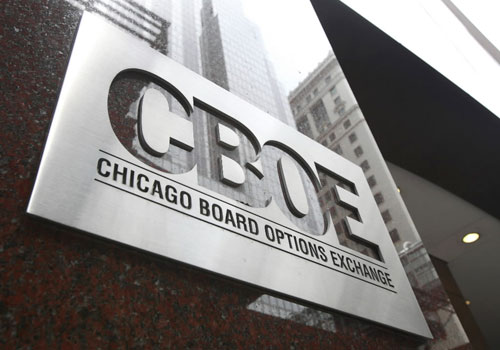One morning, prior to the open of the equity markets, a trader received an order from his portfolio manager to buy 150,000 shares of a mid-cap stock. The trader was benchmarked to the volume weighted average price, so he was looking to match the VWAP on that day. This buyside professional chose to use the VWAP algorithm his largest broker had just given him, rather than show his hand and pass along the order to another broker.
At the push of a button the order was scheduled to be executed throughout the day – in many small pieces – using a VWAP "smile" curve derived from the normal volume distribution of the stock on a day.
If you think this is harmless, think again.
Behind the scenes, his broker's proprietary desk was watching trading activity generated by the firm's algorithms. By 10:15 a.m., the prop desk inferred that there was a full day VWAP order in a thin mid-cap stock. So his broker started buying some for its own account, intending to sell the position back to the client later – and at a higher price.
Strictly speaking, the broker's proprietary desk hadn't broken the firm's commitment to "protect the anonymity" of client orders. The prop trader didn't know the identity of the client, nor did he know the full size of his order. However, the broker had enough information to make an educated guess.
Although this case is fictitious, it illustrates a lesson in the very fine line between front running – with the full knowledge of an actual client order – and smart proprietary trading based on inferences from public data.
While the goal of using algorithms is usually to minimize market impact, this approach can sometimes be harmful. In a study of different algorithms, the Quantitative Services Group, an independent consulting firm, concluded that algorithms trading in recognizable patterns can be more easily exploited, or "front-run" by other market participants.
A broker who operates a proprietary trading desk can significantly increase the buyside's implicit trading costs. In the past couple of years, some investment banks' quarterly gains from principal trading alone have approached $1 billion. In certain cases, the assets of individual bank's hedge funds have exceeded the combined assets of all of the bank's customers.
Clearly, the markets are not driving this trend. One of the fastest, low-risk ways a bank can make money trading its own capital is with a pre-programmed algorithm. However, the broker is required by law to put his customers' interests first.
To be sure, every broker will claim it promotes the customers' interests. But this is not always the case. Mark Loehr, former co-head of Schwab Soundview Capital Markets, recently put it in perspective, when he told a reporter that some on Wall Street, "have come to believe it's their God-given right to use information about orders to make money." Indeed, some brokers promise never to "data mine" customers' unexecuted order information. Yet they can use their trading algorithms to increase the level of internalization and expose customer flow to their own books, before exposing it to the market.
Many find this surprising. But as a trading professional, I believe it is not prudent to use a broker with a proprietary operation for algorithmic trading, unless absolutely necessary. The top agency-only brokers rank higher than traditional broker competitors in many third-party execution studies by the Plexus Group.
Commit Capital
So I ask you, is it a coincidence that the brokers who led in the rankings could not compete with clients' orders? Agency brokers can minimize unnecessary trading costs because they cannot commit capital to compete against their clients.
Remember our opening scenario every time you use a proprietary broker's algorithms. You could still be a victim of front running, only by another name. Does your broker want your commission, or the information on your order flow? I recommend you start by asking the simplest of questions: "Exactly what do you do with my trading information?"
Steve Brain is global head of systematic trading for Instinet, LLC, a New York-based institutional agency broker.




